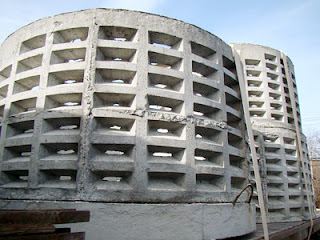Cesspool Maintenance & Service | NYSEPTIC.COM

Cesspool Maintenance & Service THE BEST CESSPOOL & SEPTIC COMPANY ON LONG ISLAND NYSeptic.com Email: Service@NYSeptic.com Phone 1: 631.758.4171 Phone 2: 631.476.5484 Fax: 631.475.2898 Nassau & Suffolk County, Long Island, NY THE BEST CESSPOOL & SEPTIC COMPANY ON LONG ISLAND NYSeptic.com Email: Service@NYSeptic.com Phone 1: 631.758.4171 Phone 2: 631.476.5484 Fax: 631.475.2898 While we often take our cesspool for granted, managing your cesspool is a necessary part of caring for your house or place of business. You must maintain and pump your tank every so often to make sure your cesspool doesn’t overflow, cause slow drainage, or backup. Below, we describe for you the main steps involved in managing your cesspool and some important signs to look for that may mean trouble. MAINTAINING YOUR TANK Tank maintenance is crucial to make sure your sewer system remains healthy and that your cesspool doesn’t overf...

